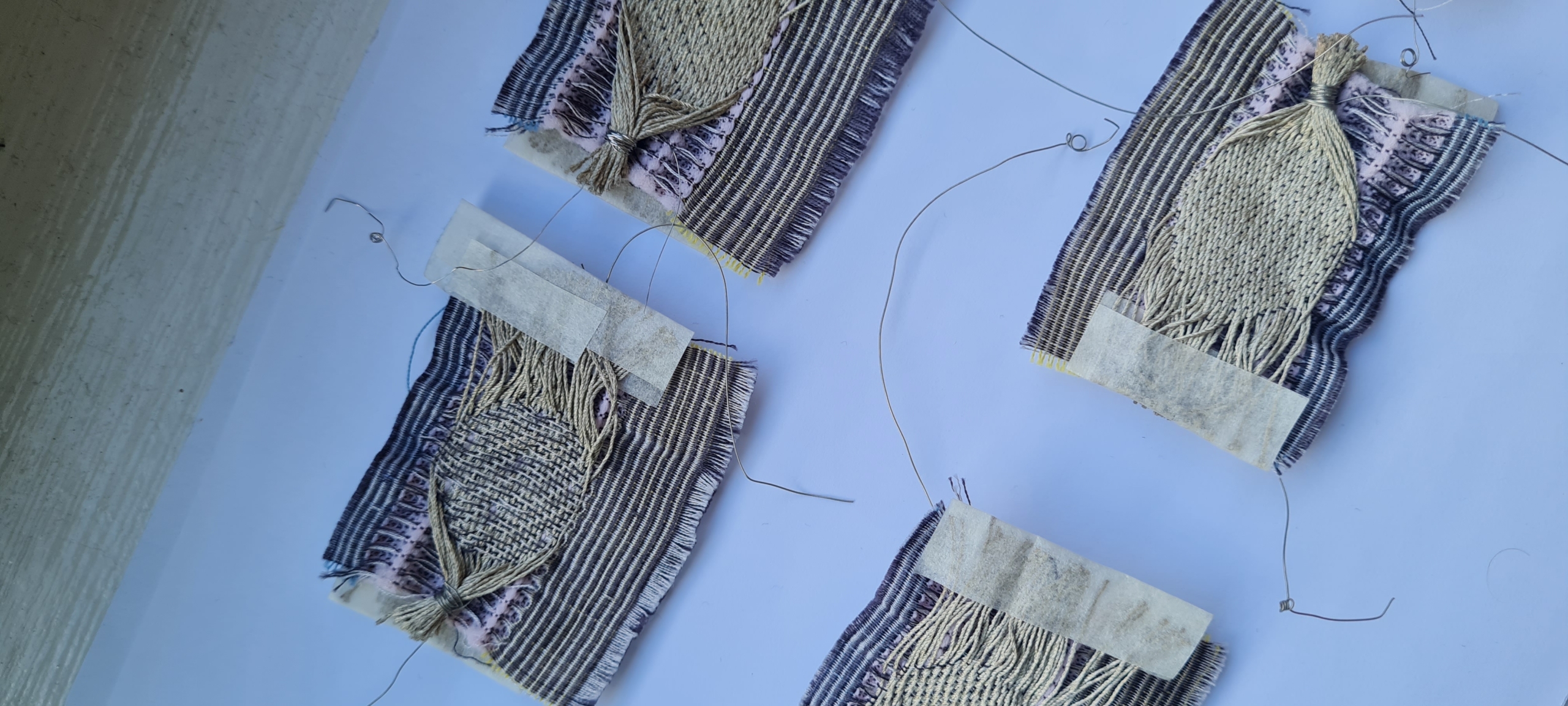Prototyping and Simulation of Multisensorial Fabrics
Ongoing research towards AI-aided design of textile-based capacitive sensors funded by HIIT.
The past few decades have seen tremendous advances in miniaturizing electronics, resulting in the widespread availability of computing resources on everyday devices. Wearable sensors, i.e. devices that monitor the physiological parameters of the wearer, have become increasingly popular, particularly in healthcare and wellness applications. However, most existing wearable sensors are built into smartphones, smartwatches, or other rigid casings, limiting where they can be used and how comfortable they are to wear. Textile-based sensors, built out of yarns and fibers that constitute the fabric itself, offer a convenient and simple solution for this problem. These sensors can be fused into any part of clothing, providing a more comfortable and convenient user experience.
Researchers all over the world are developing textile-based sensors for a variety of applications, from monitoring muscle activity in sportswear to tracking vital signs in healthcare settings. However, designing and prototyping these sensors has proven to be a challenge due to the lack of comprehensive data about the materials and structures involved. Traditional methods of designing these sensors involve a lot of trial and error, often resulting in time-consuming and expensive iterations.

At Aalto University, Henry Mauranen and Mithila Mohan have been tackling this problem by studying textile-based capacitive sensors and computerizing the various possible parameters. A capacitive sensor has a sandwich structure of a dielectric layer (i.e. where electricity does not flow) and two conductive plates. A textile-based sensor follows the same structure but uses layers of woven textiles instead, made from cotton, wool, polyester, or silver yarns. Mithila created multiple samples using different weaving patterns and materials. Even though the practical experiments on these samples indicated only small differences in the sensor characteristics, they guide the material simulations. Henry simulated these structures on meso-scale, i.e. the yarn level, using the multiphysics simulation tool COMSOL. While this level of simulation faces multiple challenges it is capable of indicating sensor outputs under different conditions, and most importantly, with different and unseen structures.
The current AI approaches in this type of textile design are limited by the availability of data. In the future, including this level of simulations in the design process will allow the creation of systems that can recommend not just simple parameter choices like sensor widths, but complete designs from patterns to material choices.
More information:
Yu Xiao, Associate Professor
Department of Information and Communications Engineering, Aalto University
yu.xiao(at)aalto.fi